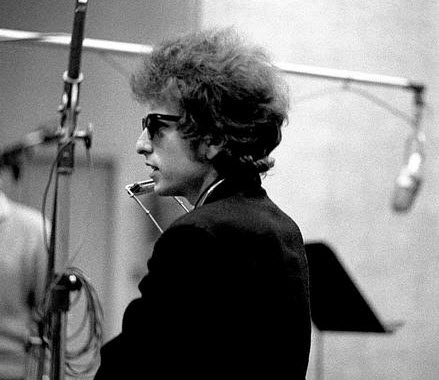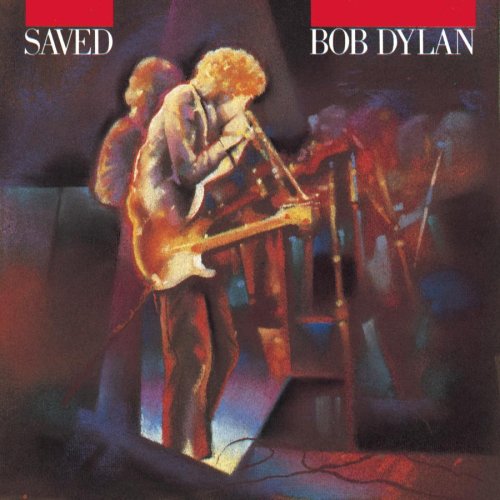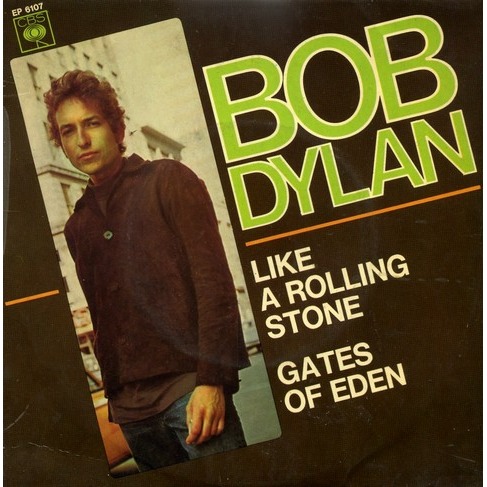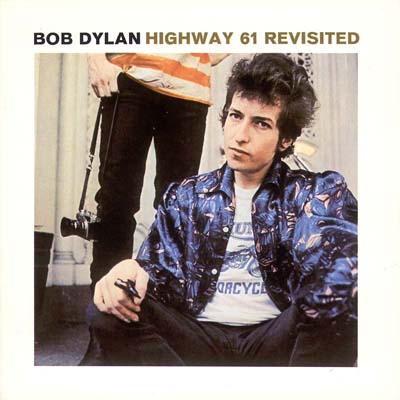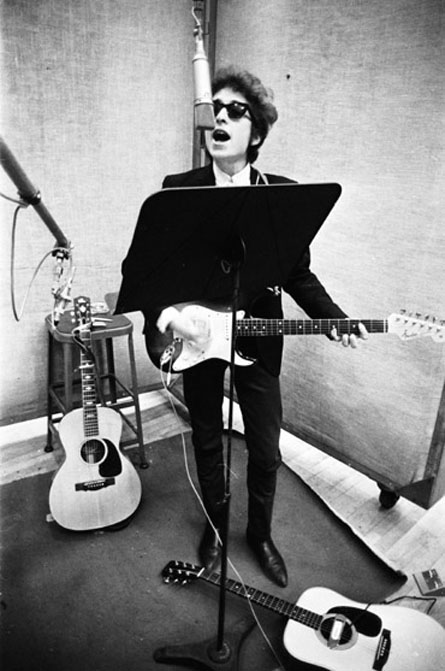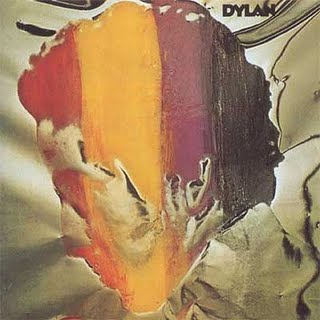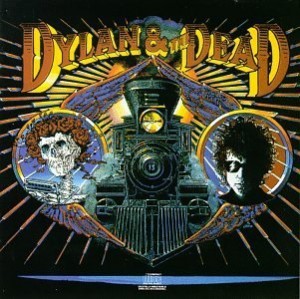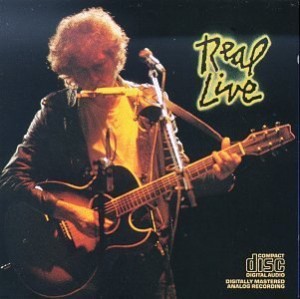On July 29, 1965 Dylan undertook his 3rd Highway 61 Revisited session, produced by Bob Johnston.
Location: Studio A, Columbia Recording Studios – NYC
The day left us with master versions of Positively 4th Street, Tombstone Blues & It Takes A Lot To Laugh, It Takes A Train To Cry.
Positively 4th Street ranks as no. 14 on my list of Dylans 200 best songs (Tombstone is 72 & It Takes a lot is 76).
Musicians:
Bob Dylan (guitar, piano, harmonica, vocal).
Mike Bloomfield (guitar), Frank Owens (piano), Bobby Gregg (drums), Russ Savakus (bass), Al Kooper (organ).
From Wikipedia:
“Positively 4th Street” is a song written and performed by Bob Dylan, first recorded by Dylan in New York City on July 29, 1965. It was released as a single by Columbia Records on September 7, 1965, ….. … Rolling Stone magazine ranked the song as #203 in their 500 Greatest Songs of All Time list.
The song was released between the albums Highway 61 Revisited and Blonde On Blonde, as the follow-up to Dylan’s hit single “Like a Rolling Stone“, but wasn’t included on either LP. The song’s title does not appear anywhere in the lyrics and there has been much debate over the years as to the significance or what individual the song concerns. Dylan once lived on 4th Street in Manhattan.
In studio summer 1965 – photo by Don Hunstein:
—
Bob Dylan also recorded “Catfish” on this day in 1975.
Location: Studio E – Columbia Recording Studios, NYC
Wikipedia:
Catfish is a song written Bob Dylan and Jacques Levy. It was originally recorded for Dylan’s 1976 album Desire but was released onThe Bootleg Series Volumes 1–3 (Rare & Unreleased) 1961–1991. “Catfish” was a tribute to future Baseball Hall of Fame pitcher Jim Hunter (better known as Catfish Hunter). Joe Cocker covered the song and included it on his 1976 album “Stingray,” and Kinky Friedman released a live version on his “Lasso from El Paso” album.
Album of the day:
Other July 29:


